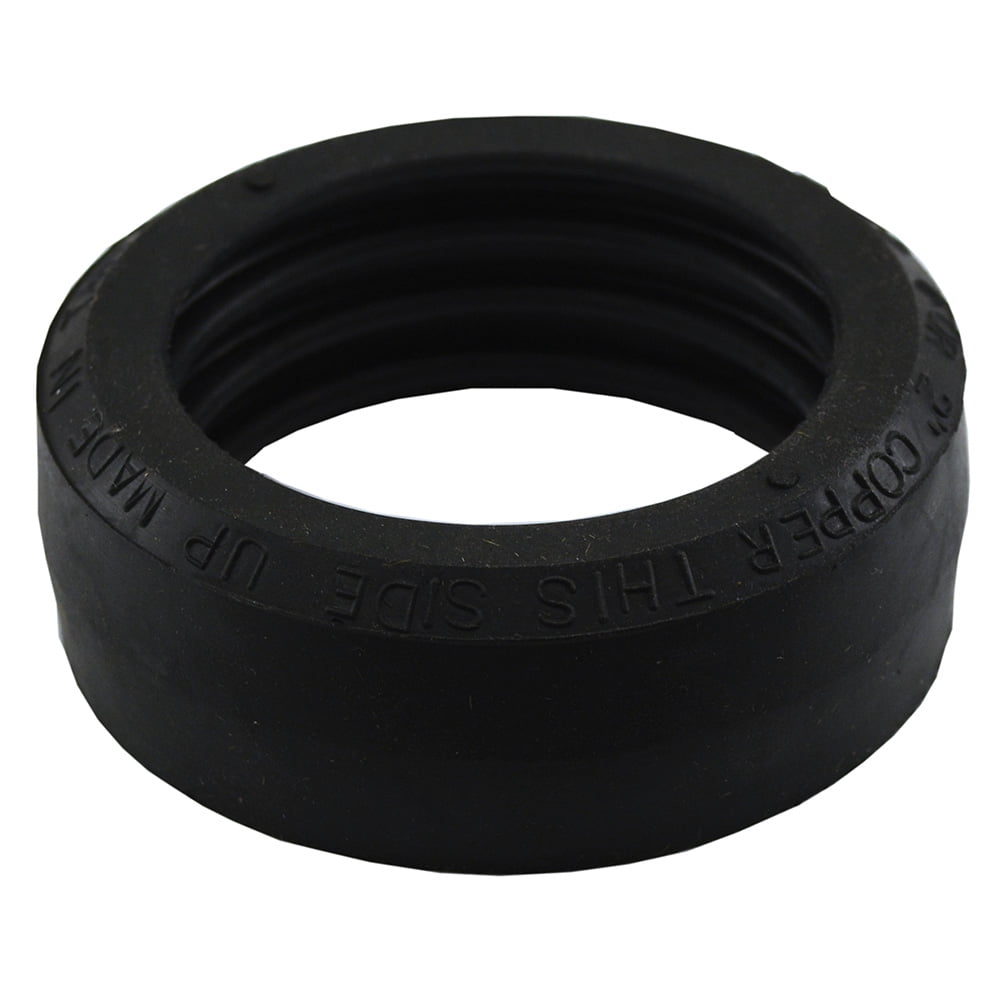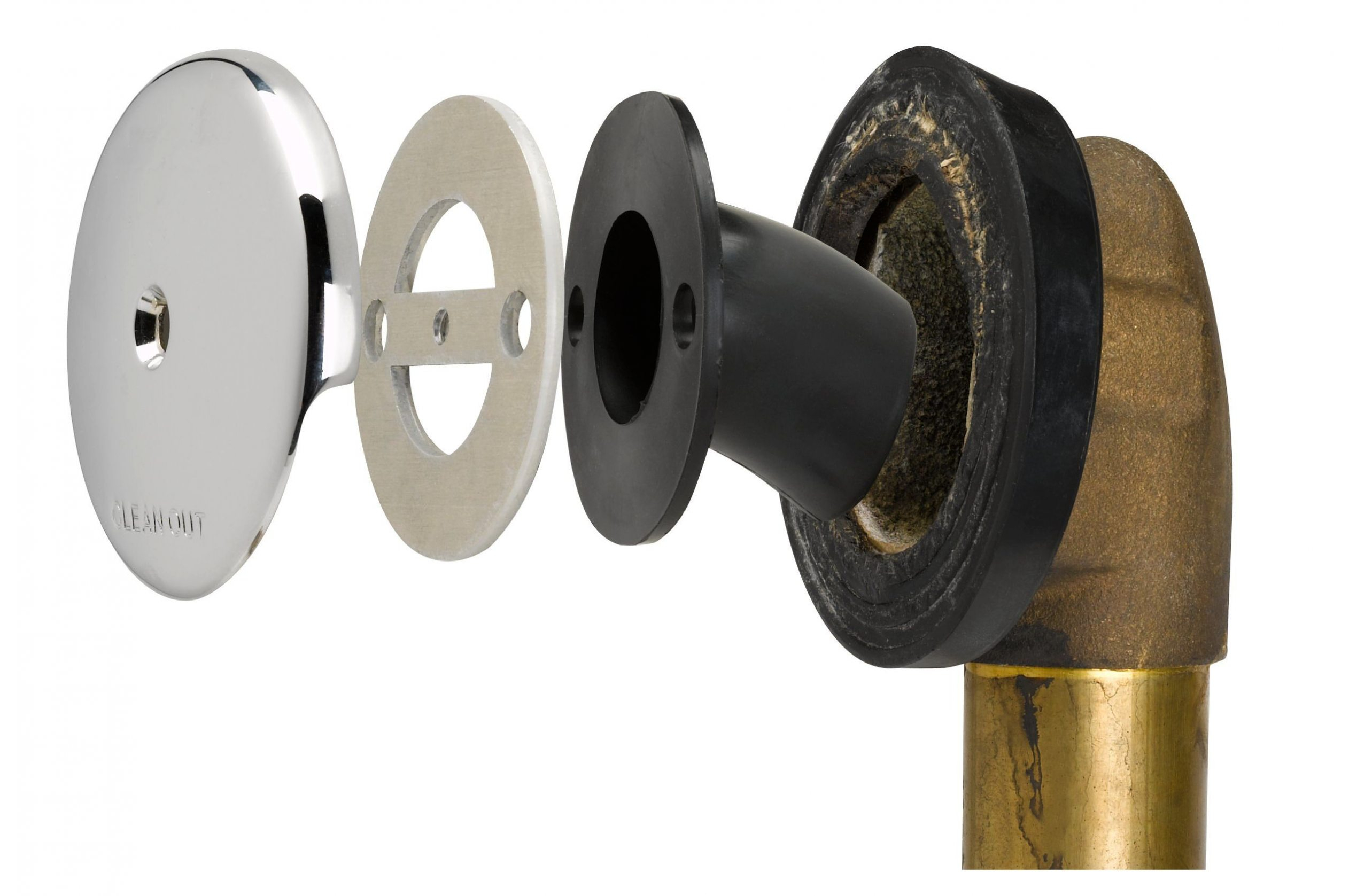
Fortunately, the overflow drain can easily be replaced. But you also know that you can fix it! By following a few simple steps, you can find the cause of a leaking bathtub.

If you’re suffering from the problem, you know what a pain your bathtub’s overflow drain can be. If it appears to be worn out, you can easily find a replacement at your local hardware store or home repair center. Once you’ve done that (a process that might require caulk), you can check to see what kind of condition the gasket is in. To check the gasket, begin by removing the bathtub overflow cover plate. When this happens, it starts causing leaks. Over time, the gasket can get worn out and compressed. If they’re not leaking, a bad overflow tube is likely to blame.Īn overflow pipe is designed with a gasket. If no water leaks out when you turn on the faucet, check for leaks in the showerhead, faucet plate, or tub spout. If it does, you probably have a loose connection in the drain trap or drain fitting. First, try running water in the bathtub to see if it leaks out. You might not know where exactly the problem is coming from, but a simple diagnostic test can find the root cause.
GASKET FOR TUB OVERFLOW CRACKED
If you notice water pooling on the floor around the bathtub, the issue can stem from a loose or cracked overflow tube gasket, a faulty shower valve, or a worn tub drain fitting. The first step in repairing an overflow drain leak is finding the source of the problem. At a minimum, you should have the following tools and repair accessories on hand: screwdrivers, utility knife, caulk, and replacement overflow gasket. But is it a problem you can fix yourself, or should you call in the Henderson best plumber instead?Įxperts say that the difficulty level for an overflow drain repair is “moderate.” If you have the right tools and some basic knowledge of your home’s plumbing system, you may be able to handle the repairs yourself. Naturally, a malfunctioning overflow drain is best addressed as soon as possible. But when the overflow drain stops working, water can seep (sometimes pour!) over the sides of the bathtub and cause tremendous damage. When the overflow drain is working correctly, it channels excess water into the drainpipes to keep the water below the overflow level. The overflow drain is designed to do precisely what the name implies, which is to prevent excess water from spilling out over the bathtub’s walls. If the water drains out, repeat the process above and lower the plunger a little bit more until you get the bathwater to stay in.The overflow drain is a small component on your bathtub, but it can cause big problems. Close the stopper, run some water into the tub, and see if it stays.Place the plunger, threaded rod, and trip lever back into the hole in the tub and screw the plate back into place.Next, spin the adaptor that the plunger hangs from down until it reaches the bottom lock nut, and then tighten the upper locknut to the adaptor. To lower the stopper, thread the bottom lock nut down.If they aren’t, that alone might be the problem. Check that the two eyes where the threaded rod articulates are properly aligned. Have a drop cloth in the tub to prevent scratching it or losing the screws down the drain. The first step is to unscrew the plate that holds the trip lever.The assemblies are adjustable to fit a wide range of tubs. Bathtub drains consist of a visible trip lever, a plunger that seats in the drain to stop water, and two pieces of threaded rod which connect the lever and plunger.

Steps for fixing a tub that won’t hold water: When a tub won’t hold water, the two potential causes are easily repaired. Somehow, a lever placed well above the bottom of the tub controls whether the water stays in the tub when it’s wanted, and then allows it to drain when bath time is over.

Bathtub drain assemblies are mysterious things.


 0 kommentar(er)
0 kommentar(er)
